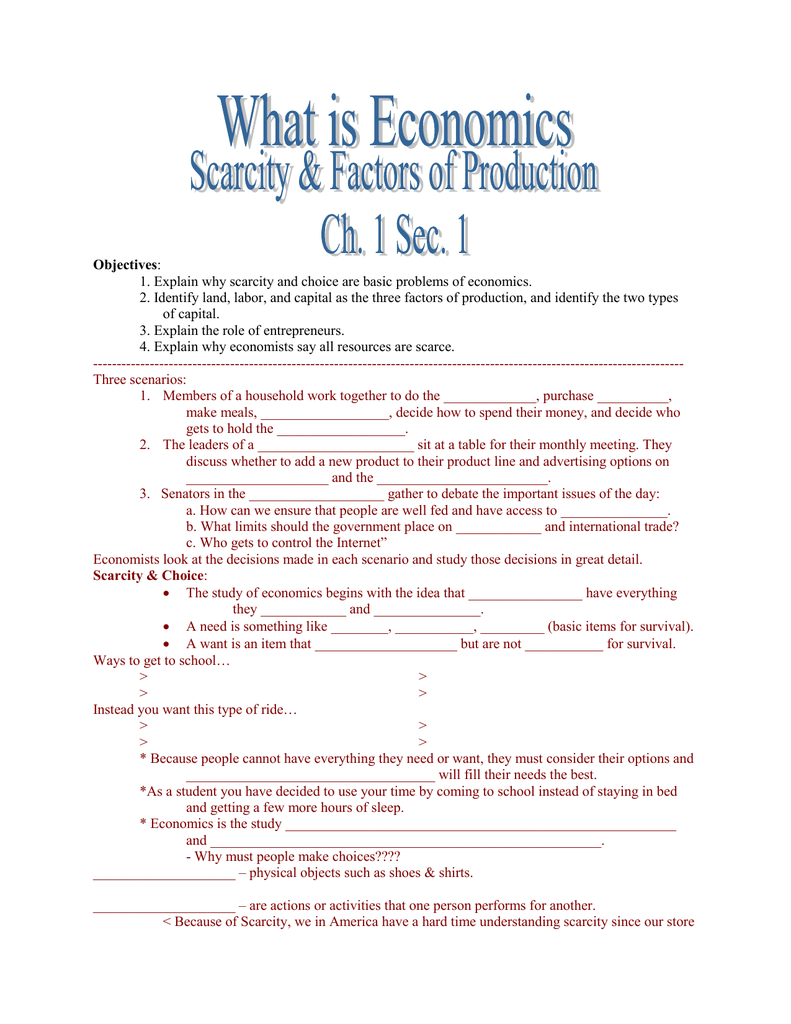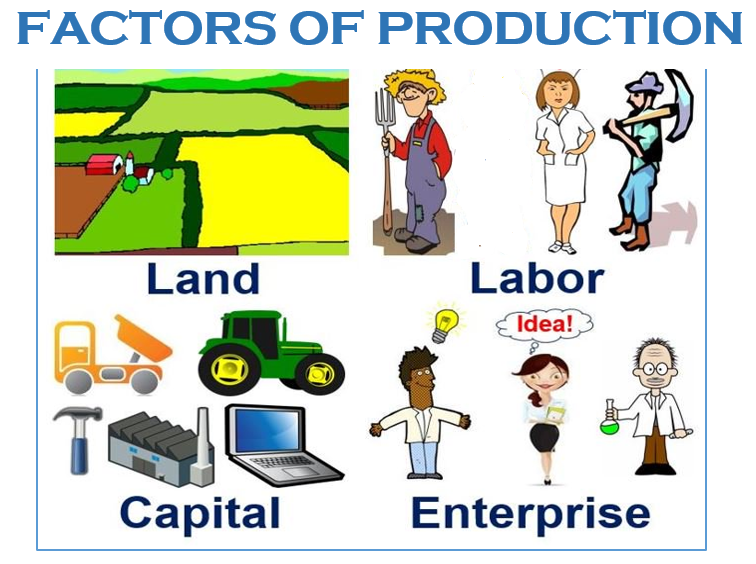

Applying an integrated “One Health” approach to managing risks associated with animal, human and environmental health.Improving supply chains to reduce post-harvest food losses, improve hygiene in food distribution channels, and better link production and consumption centers.Promoting farming systems that use climate-smart techniques, and produce a more diverse mix of foods, to improve food systems’ resilience, increase farm incomes and enable greater availability and affordability of nutrient-dense foods.Instruments include rapid country diagnostics and data-based monitoring instruments and partnerships such as the Famine Action Mechanism and the Agriculture Observatory Engaging with countries and development partners to address food security challenges.Delivering expedited emergency support by fast-tracking financing through existing projects to respond to crisis situations.Strengthening safety nets to ensure that vulnerable families have access to food and water–and money in their pockets to make vital purchases.In fiscal year 2022, there was US$9.6 billion in new IBRD/IDA commitments to agriculture and related sectors The Bank is a leading financier of food systems. The World Bank Group works with partners to build food systems that can feed everyone, everywhere, every day by improving food security, promoting ‘nutrition-sensitive agriculture’ and improving food safety. Adverse weather conditions, political instability, or economic factors (unemployment, rising food prices) may have an impact on your food security status.įor food security objectives to be realized, all four dimensions must be fulfilled simultaneously.

Stability of the other three dimensions over time: Even if your food intake is adequate today, you are still considered to be food insecure if you have inadequate access to food on a periodic basis, risking a deterioration of your nutritional status.

Combined with good biological utilization of food consumed, this determines the nutritional status of individuals. Sufficient energy and nutrient intake by individuals are the result of good care and feeding practices, food preparation, diversity of the diet and intra-household distribution of food.


 0 kommentar(er)
0 kommentar(er)
